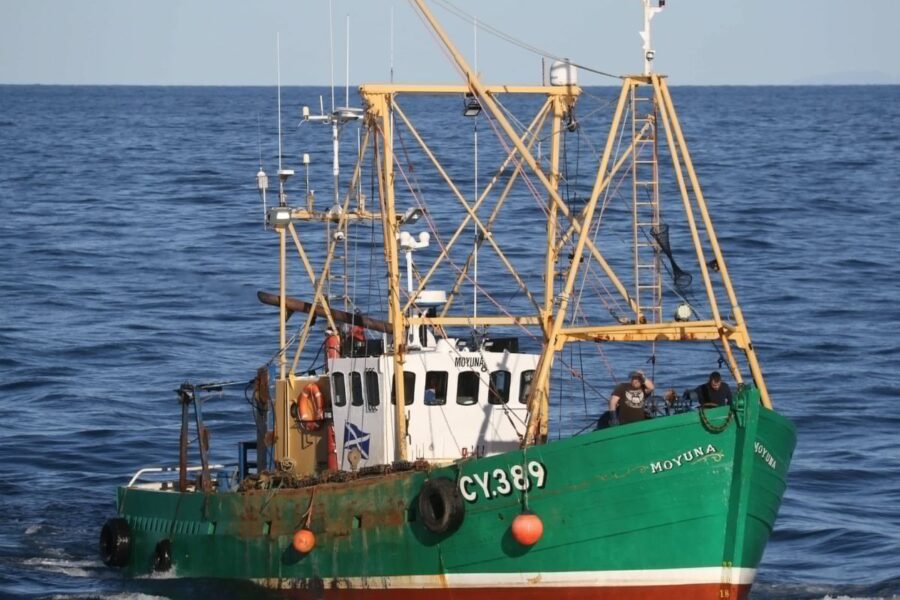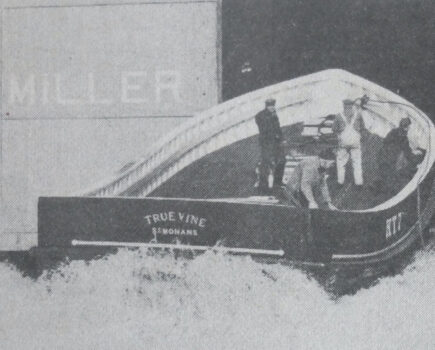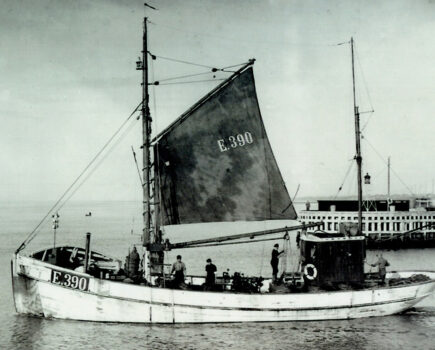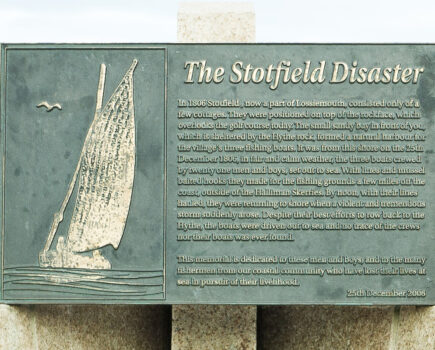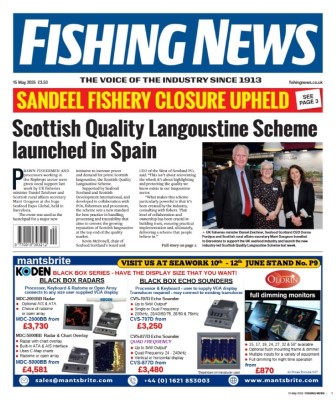The 1973-built Moyuna is still going strong – testament to the quality of workmanship at a little-known Northern Irish yard
Sometimes researching the history of a particular boat uncovers a vein of history that otherwise might have escaped me. This was definitely the case when establishing the origins of Moyuna CY 389.
Moyuna was built at the Palmer Shipyard in Harbour Road, Portavogie in 1973, with the registration CE 103, for Captain Paddy McNeil of Cushendun, Co Antrim. She was built just after what is regarded as her sistership, Polonia B 22, commissioned and owned by Frank Zych of Ardglass, who was nicknamed ‘Frank the Pole’. Polonia was built the previous year, and the only real difference between the two boats was that Moyuna had a slightly bigger casing to the wheelhouse.
Polonia was later renamed Progress B 22, when Frank had Polonia II built at the Campbeltown Shipyard in 1980. By 1997 she had moved to Mallaig, and a decade later had become Endeavour LH 169. Today she is still working, out of Eyemouth.
There were three yards operating in Portavogie at that time, although details of their history are scarce. These were Palmer’s, Mahood’s and a yard run by, I’m told, a Scotsman, known as Buckie Stewart because he’d come over from North East Scotland. Only Mahood’s remains today.
On Palmer’s yard, we know Albert Palmer started the business after growing up in Ballyhalbert, a few miles north of Portavogie, and making models of boats in his father’s carpenter’s shop. He moved into building fishing boats, mostly yawls, in Ballyhalbert, before meeting and marrying Elenor Anna (Eileen) Adair from Portavogie, just before or during the war. He then acquired land in Portavogie, probably just after the war, and moved his business there.
In 1948 he launched the 54ft Glorious B 428 for brothers Samuel, Robert and Tommy Palmer and cousin Adam Palmer – unrelated to the building Palmers. There are a lot of Palmers in Portavogie (today’s phone book shows 100!). Glorious had a 114hp Gardner in her, and was built to replace the sailing nobby Eventide.
Next, the same year, came AHC Waterson B 444, built for John Waterson and Willie Angus. This vessel was similar to Glorious, though smaller at 40ft LOA, 14.6ft beam and 4.5ft draught to be able to fish in Belfast Lough. She was fitted with a Kelvin K2 44hp, then a couple of years later re-engined with a Kelvin K3 66hp. She worked out of Campbeltown in the early 1970s as CN 277, and was wrecked off Corsewall Point in about 2009.
In the June of the following year, the yard produced the fine ring-net boat Acacia CN 56, for Matthew MacDougal of Carradale, himself a boatbuilder. Like Glorious, she had a 114hp Gardner. She neighboured Mairi Bhan CN 259 and Westering Home CN 26. Sold in 1956 for £3,800 to Patrick Dominic O’Keeffe of Port Magee, Killarney, it is thought she then returned to the UK (possibly as Acacia DO 19), and was lost in the Solway Firth in the early 1970s.
Of course, Palmer’s was building other vessels as well as fishing craft, including punts, harbour launches and ‘shunters’ for Harland & Wolff – boats with huge bow fenders to push other vessels around.
Albert had four sons, but only two joined him in the business: Davy Hugh and Samuel. Jimmy worked in finance, whilst Goodwyn, the youngest, went fishing. Albert had an accident whilst working in the yard and died soon after, in 1960, aged only 53, whereupon his sons took over the business. Sam became the main designer as well as being a shipwright, and Davy Hugh concentrated on the steelwork.
John Clarke worked at Palmer’s for about six months in 1974. “I was a helper to one of the joiners. They were building a 70ft herring trawler at the time – larch planking on oak frames. I learnt a lot about traditional boatbuilding from those men, and would agree that the quality was good.”
David Zych, Frank’s son, was 21 when Polonia was launched from Palmer’s yard. “It was just unbelievable, when you went there,” he recalled. “You thought, how can anyone build such fantastic boats in such a small area? It was like going into someone’s back garden, it was so small. Hardly 100ft across and 200ft long. They built everything outside in the open, and took them down the slip onto the beach to float off. They were lovely boats, with a good shape. Palmer’s built really strong boats.
“I remember when my dad and my brother and me went to the yard whilst they were building Polonia, Mrs Palmer would always meet us at the door with a ‘come in, boys’, and there’d always be something to eat before we went to see the boat. They were a lovely family, the Palmers.”
This was echoed by Paddy McNeil, who also remembers Eileen Palmer’s hospitality when he visited the yard. “She was a master at making three-minute sandwiches,” he said. Eileen was also an accomplished organist, well known in Portavogie, where she started the Fishermen’s Choir.
What is clear about the yard is that although it was very basic – there were no large sheds, so most of the work was outside – they produced some fine, and large, vessels. Celestial Shore N 2, launched in 1975, was at least 70ft overall, and the photo shows her sliding out between a terrace of houses and a shoreside cottage onto the beach. Presumably this is the vessel John Clarke referred to. Next came Village Queen B 273 in 1978 (later G 751, and scrapped at Inis Mor in 2018), which was of an equal size. However, this was the last large fishing boat built at the yard.
Sammy Clint served his apprenticeship in Mahood’s Shipyard, and went on to work at Palmer’s for a few years, before becoming self-employed for another 52. He remembers working on Celestial Shore, and told me about the workings of the yard, and how the machine shop was a tiny space, almost a shed, filled with a bandsaw to cut the frames, and a circular saw and planer. They were very basic tools, he said.
Looking back at the notes from my sojourn around the Irish coast in 2007 (and the resulting book Working the Irish Coast), I find myself chatting with the Dave Donnans (senior and junior), who told me how Albert Palmer started out building yawls, as many fishermen did back then.
Palmer’s yard, they told me, was in the middle of Portavogie, Stewart’s to the north and Mahood’s to the south, where the main slip is today. Looking at Google Earth, I can see the derelict Palmer slipways on the beach, at acute angles to each other, pointing seaward, and the grassy area where the yard was. You can also see the footprint where Albert and Eileen’s house was.
David Zych continued: “I remember Sammy Clint when he was working in the yard. He was doing some caulking on the bottom of a boat, and the skipper asked how the wood was. ‘I’ve seen better wood in a graveyard,’ was Sammy’s reply!
“But Portavogie was a very different place back then. There were 105 boats – 83 over 10m – working from the harbour, and come the weekend it would be packed, because nobody would fish on a Sunday.”
Polonia, he said, still has the original steel wheelhouse on her, as built by Davy Hugh. “When she was built, she had the best of everything: the latest equipment in the wheelhouse, low-pressure winch, Caterpillar engine.
“The original price – including all the mattresses, knives and forks, everything – was £27,000. But Palmer’s ran into a bit of financial trouble and so, by the end, this had risen to £32,000. I remember my dad almost having a heart attack, not knowing how he was going to pay it. But there were government loans and grants back then, and so it was all paid off within two years!”
Philip Warnock, a fisherman for most of his life, who is now 85, remembers that Palmer’s-built boats were noted for their stability and build quality, using well-seasoned Irish timber. “The Palmers were great people, and they built great boats,” he told me.
When I asked whether Celestial Shore and Village Queen were in fact 70ft as I’d been informed, his reply was that ‘the tape may have slipped a bit, as they were stretchy’! He added that the yard was just that bit late in getting going with big fishing boats, because Portavogie was starting to decline and steel boats were gaining ascendancy, as elsewhere.
I was then pointed to a BBC archive film from May 1972 which showed the naming of Polonia in the harbour, in which both Frank Zych and Jimmy Palmer are interviewed. Frank explained his reasons for building at Palmer’s: “I knew Palmer’s could build strong boats – I’ve known them for years now, so decided to build here. It’s near home, and I can watch them getting built, rather than travelling to Scotland.”
Jimmy Palmer was hoping this new build would be the beginning of a new era for the business. “The first priority is to modernise completely,” he said. “Our idea is to flatten the yard down to the ground, and build proper building sheds, and have proper machinery as far as possible. We have a first-class team working here. We have the craftsmen, we have the management ability, and with proper equipment, we can compete with anyone.”
Sadly, it was not to be. The industry’s boatbuilding needs were changing, and decline lay ahead. In June 1983, the yard launched the 21ft Homeward Bound CE 277 (now D 103, and still fishing) for Sean Morton. This was possibly the last vessel to slide down the ways, as the yard closed its (non-existent) doors in 1984.
Unfortunately we are missing a full list of Palmer’s boats, so if any readers can expand further, that information would be appreciated.
The early history of Moyuna CY 389 is almost as vague as that of the yard although, unlike the yard, she still exists.
She was built for Paddy McNeil, who told me that it seemed sensible to use the same moulds as Polonia; he liked the look of Polonia, and it also made sense from an economic point of view. He knew of the quality of Palmer’s work, as he had previously had the yard build him a 28ft coble.
After Moyuna’s launch – of which there appear to be no photographs – he went to the prawns with, later on, a bit of herring fishing, and then to the queenies. A short time after Moyuna was built, he had Palmer’s build him two smaller 20ft boats.
Of Moyuna, he told me: “She was a sturdy seaworthy boat, and a great towing boat. She had a 9ft draught which meant she was very stable, and the proof that she was well built shows in the fact that she’s still working 50 years or more later.”
Paddy sold her to the Lafferty brothers of Greencastle, Co Donegal in about 1982. There she was re-registered as SO 757 for some 20 years.
Then, in about 2001, she was sold from Donegal. She is believed to have been later bought by boatbuilder Ian Newell of Kilkeel, and was re-registered as N 938 in 2006. Next she was sold to John McMurdo in around 2015, who re-registered her in Barra as CY 389. Unfortunately I’ve been unable to obtain further information from either owner.
In 2017, Ian Newell had her back in the yard, as there are photos of her that year after having a paint-up, the galley refurbished, the fishroom insulated and fibreglassed and new refrigeration fitted. At some unknown point she was converted for the clams.
She was then sold to Donald Maclean and Donald MacNeil of Barra, who have owned a range of vessels together over the years. Donald Maclean is director of processor Barratlantic.
By mid-2024, Moyuna was laid up and in October last year, she was bought by Chris Forsythe of Kilkeel. He told me: “I’m thrilled! She’s in amazing shape for her age – a real testament to her build. The steel deck beams, deck shelf and bulkheads have really held her up.
“Even at 52, she can still compete with the best in the fleet. The Cummins NT855 was overhauled last year, along with a new Twin Disc gearbox, and the whole thing’s perfect. Fantastic power, great fuel economy.
“My only complaint? She’s not 20 years younger! There’s plenty of life left in her, but not many scallop boats see their 60-year anniversary.”
Thanks to Paddy McNeil, David and Conrad Zych, Philip Warnock, Sammy Clint, Goodwyn Palmer, Paul Coffey, Donald MacNeil, Robert Angus, Lachie Paterson, Angus Martin and anyone else who helped along the way. It’s been quite a long way, in comparison to other vessels!
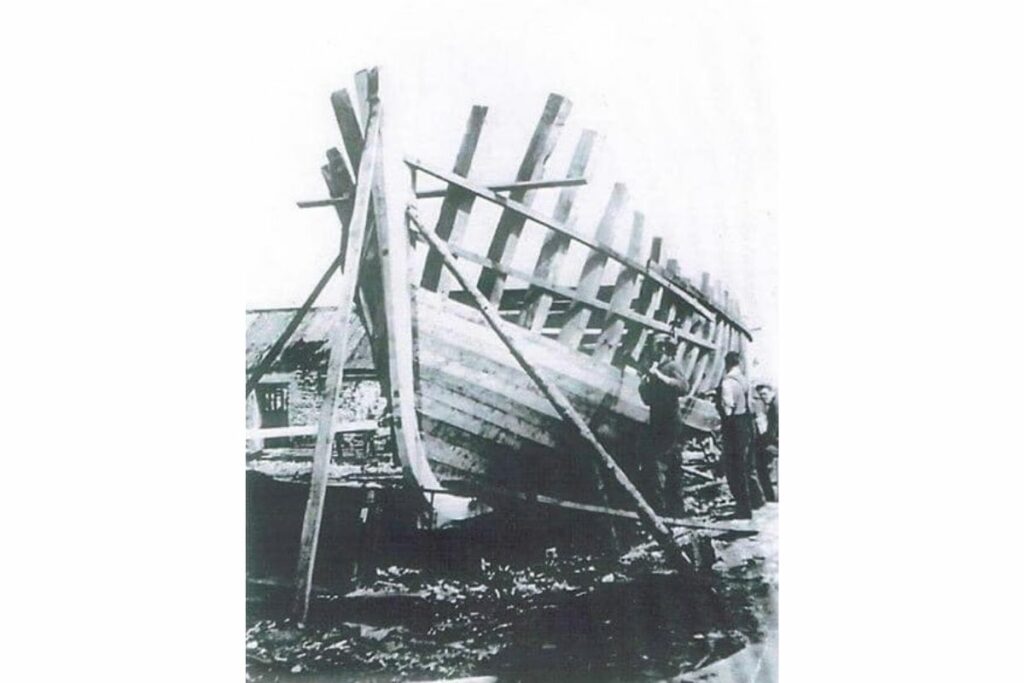
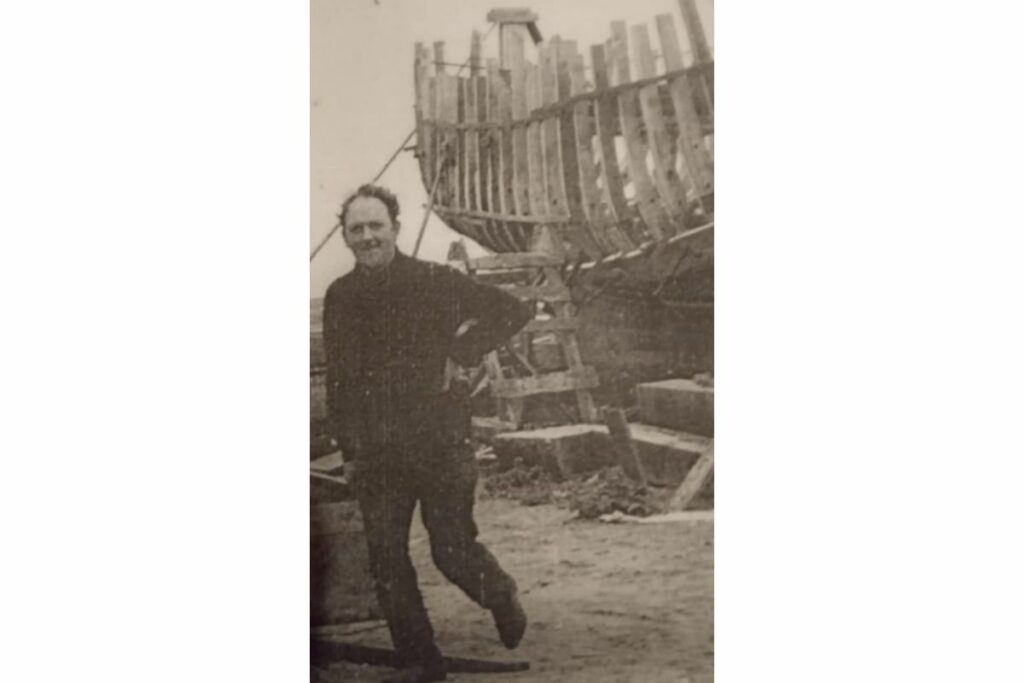
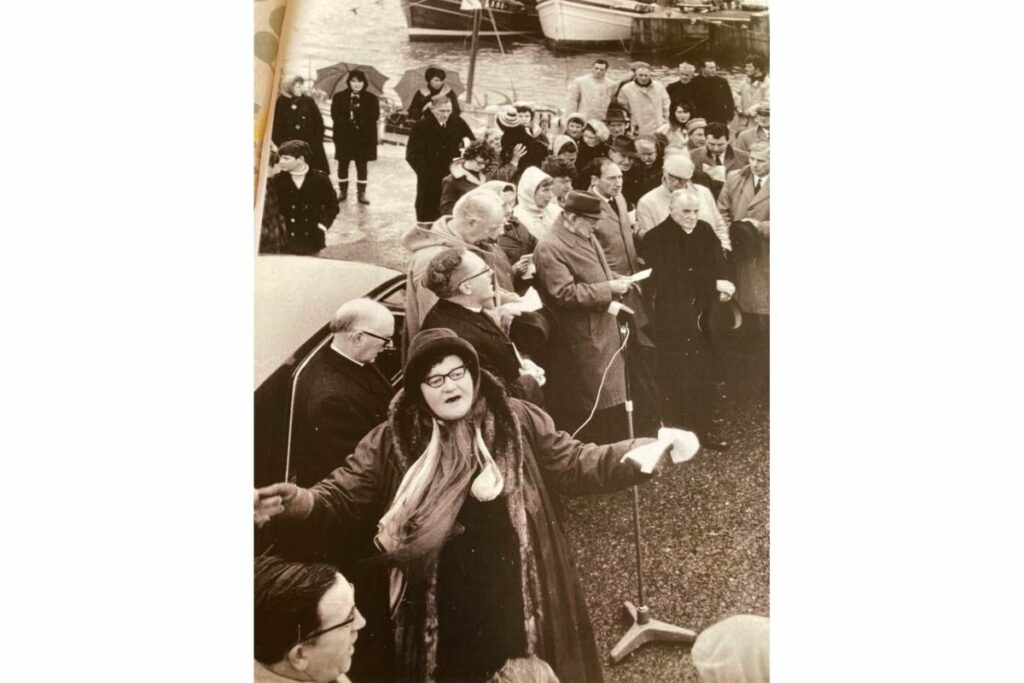
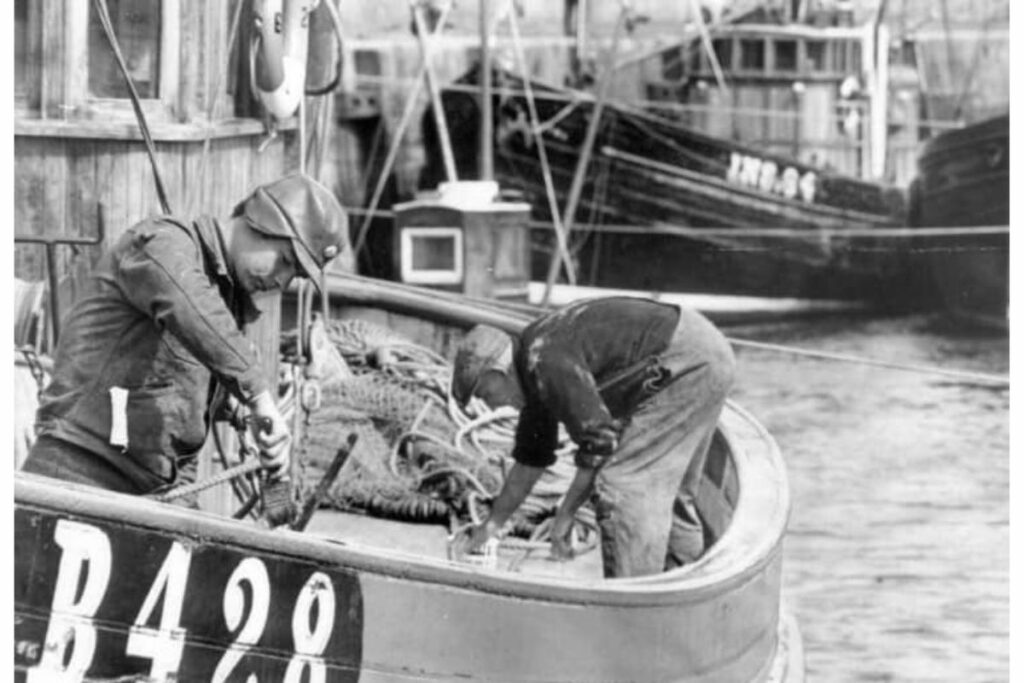
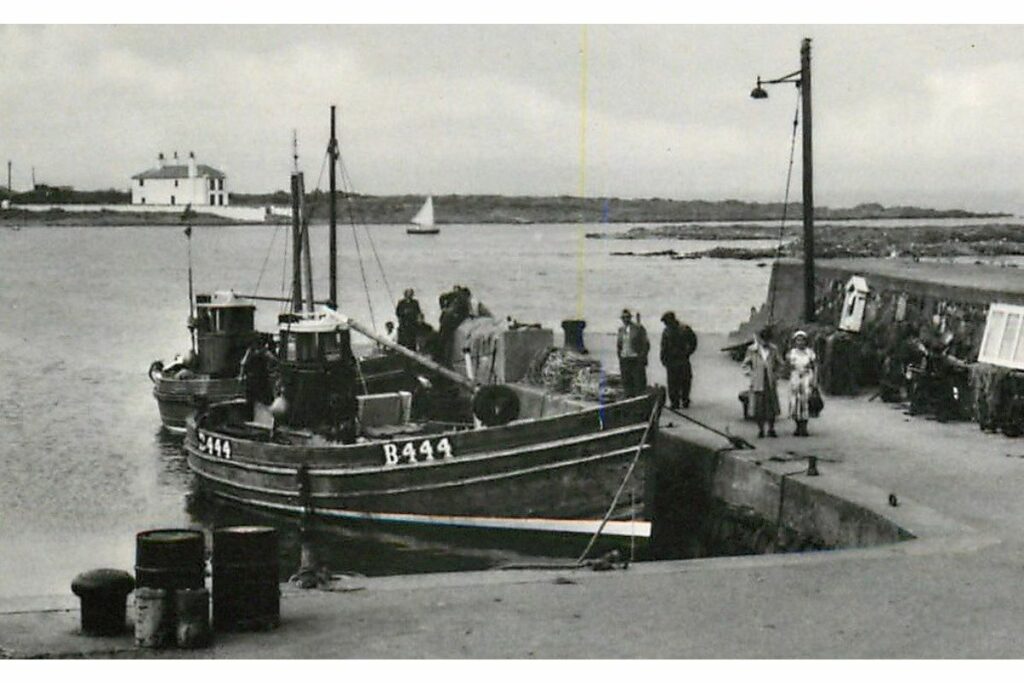
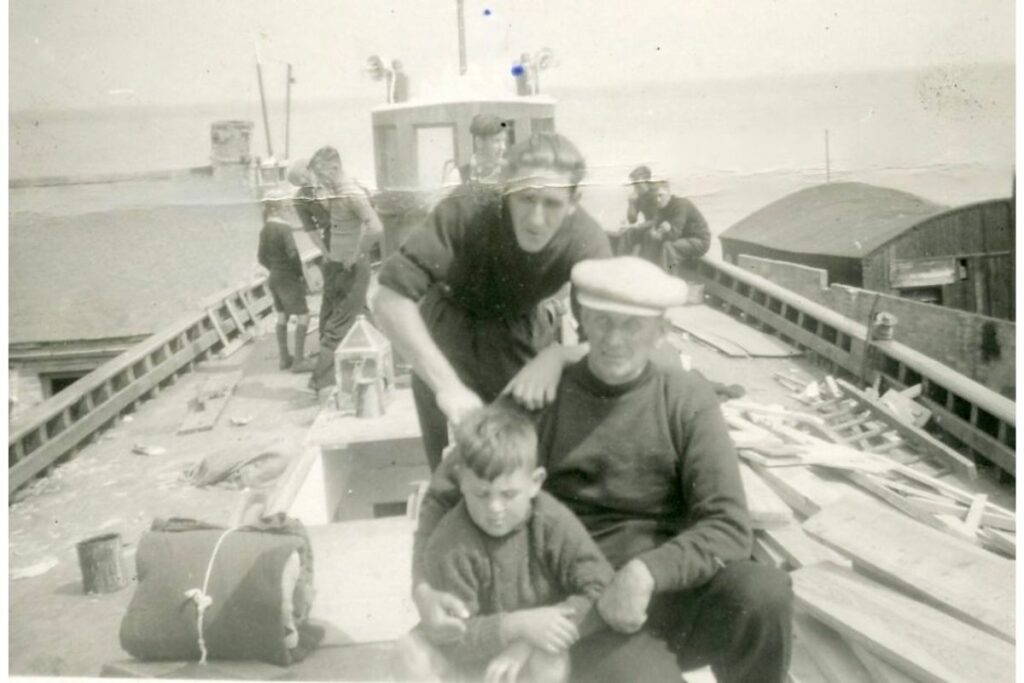
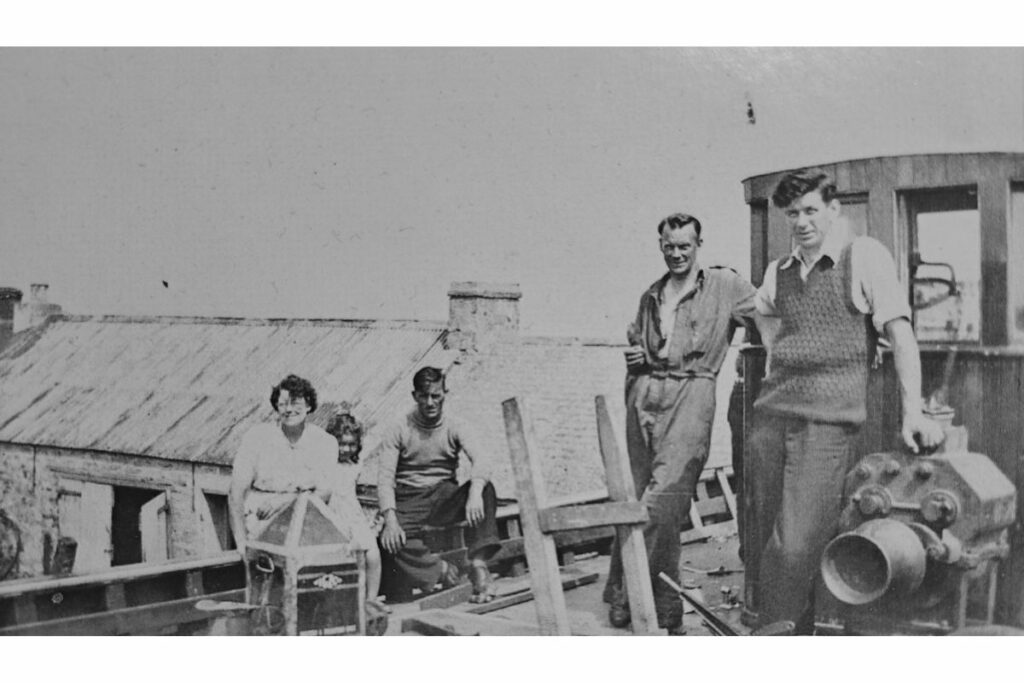
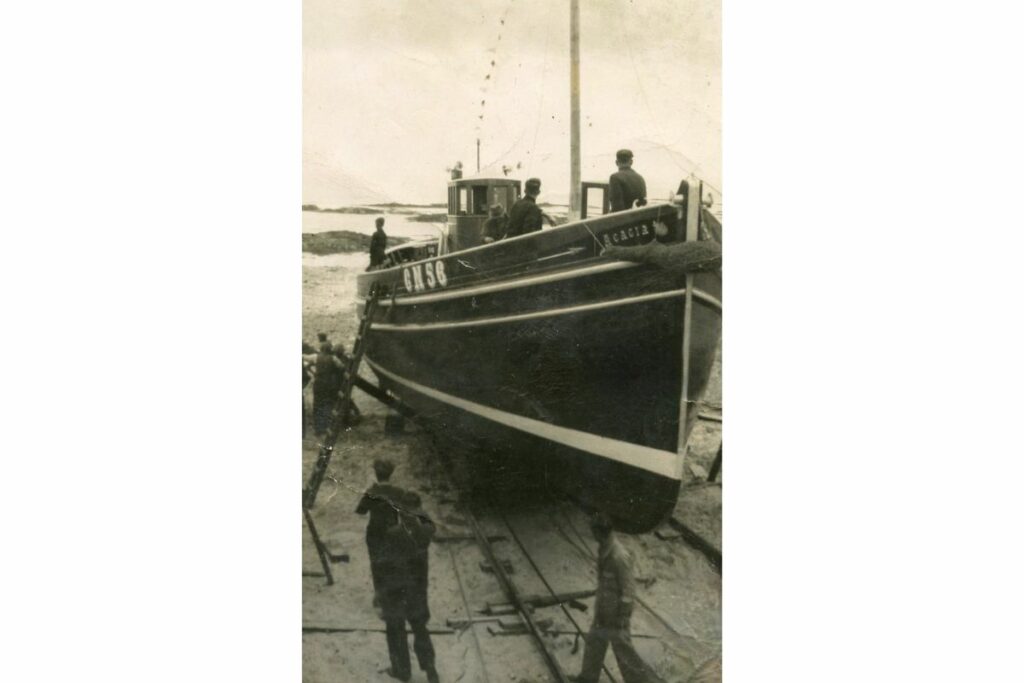
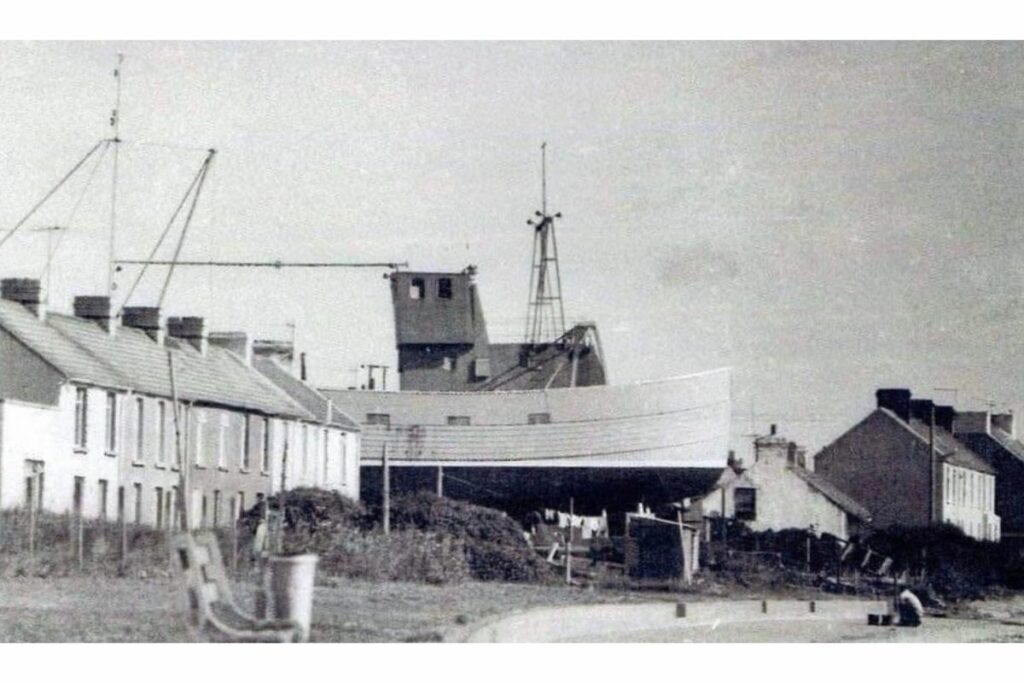
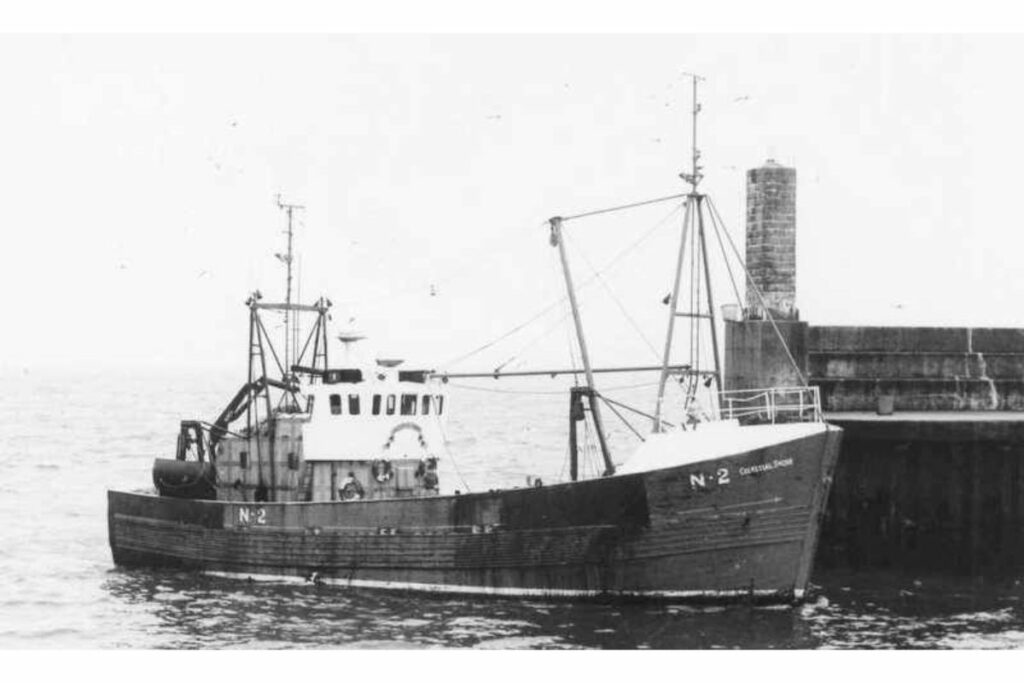
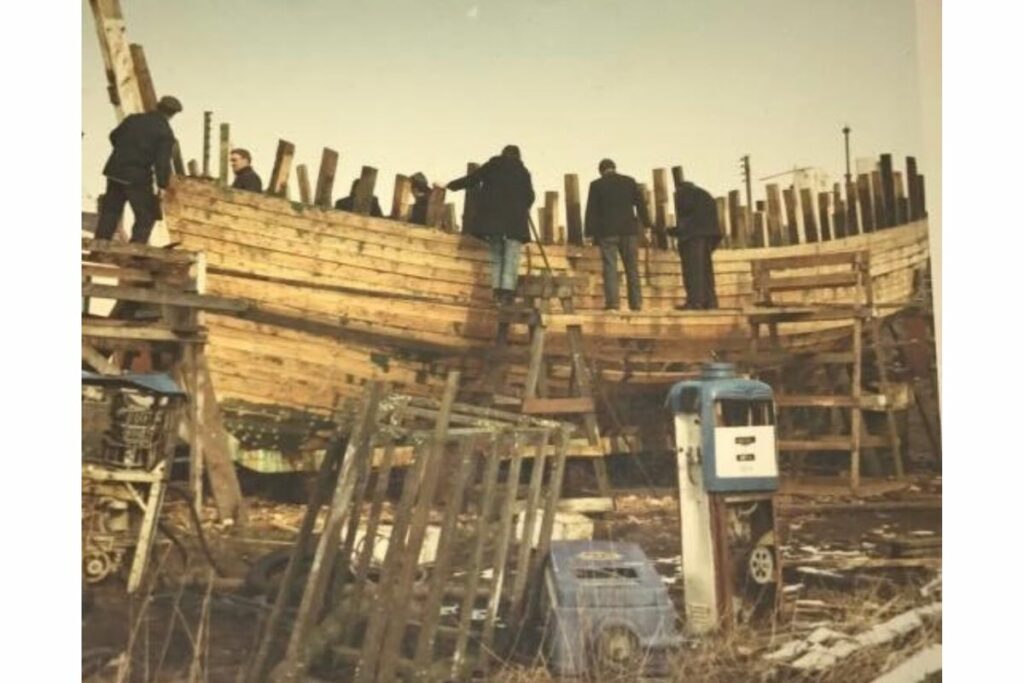
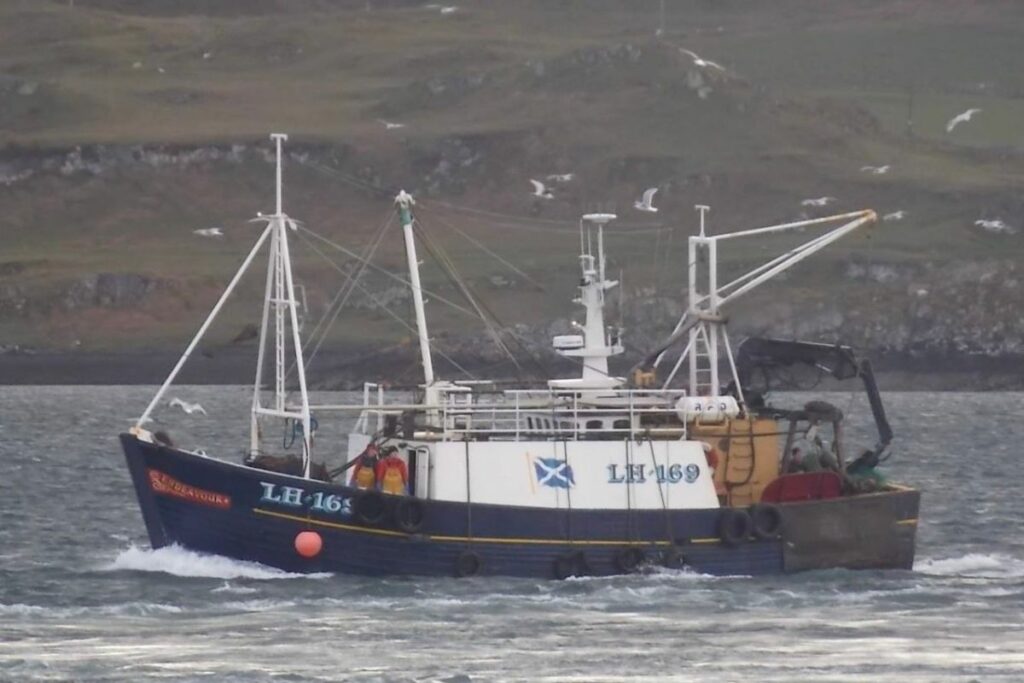
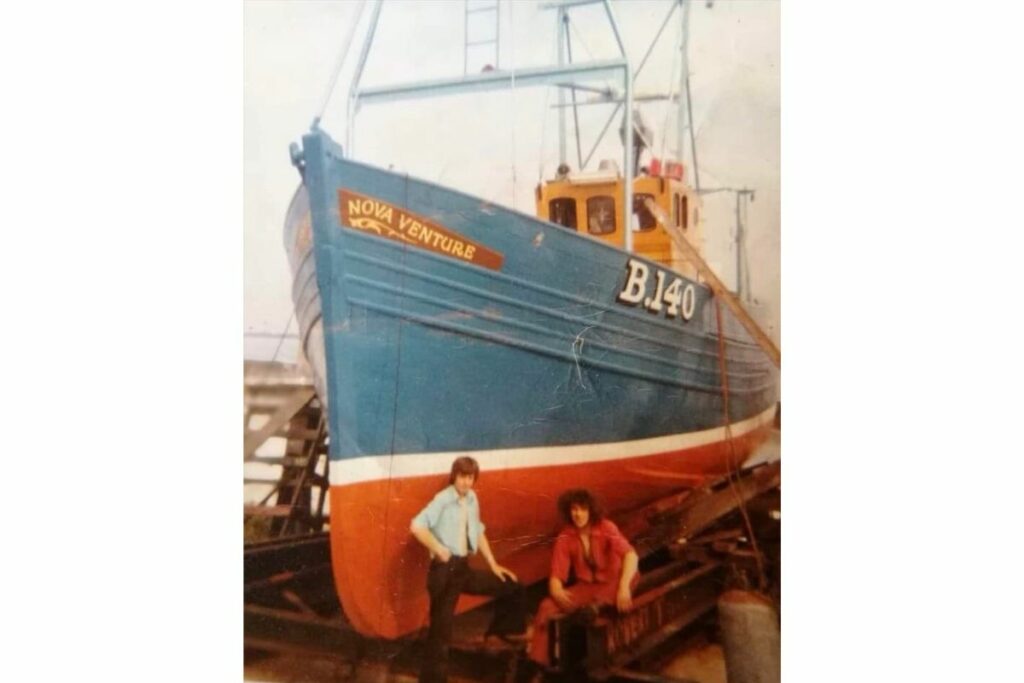
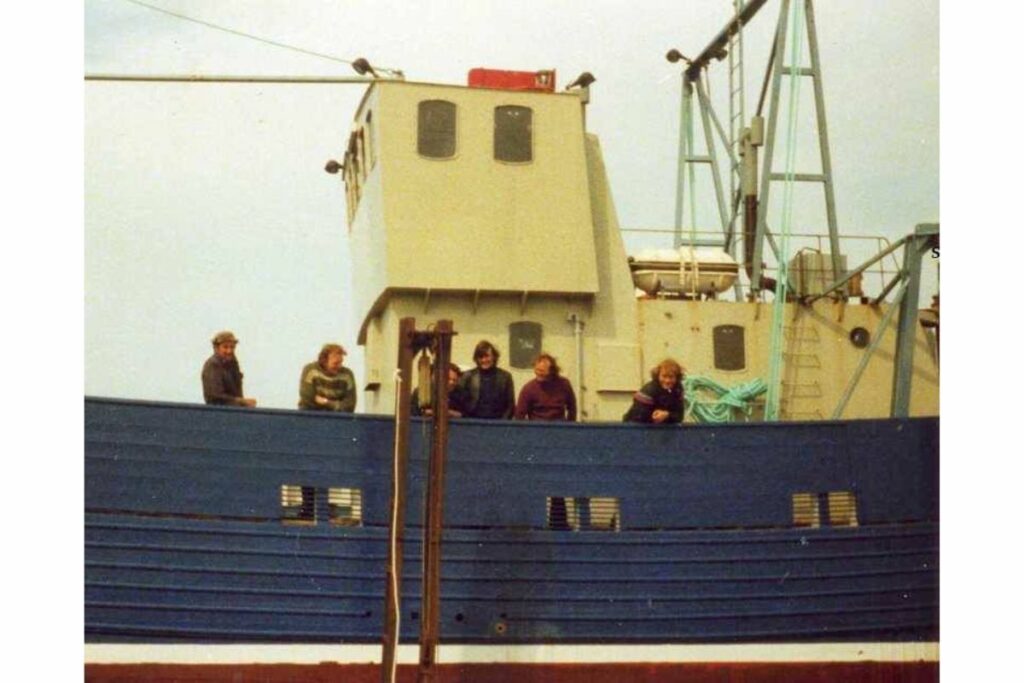
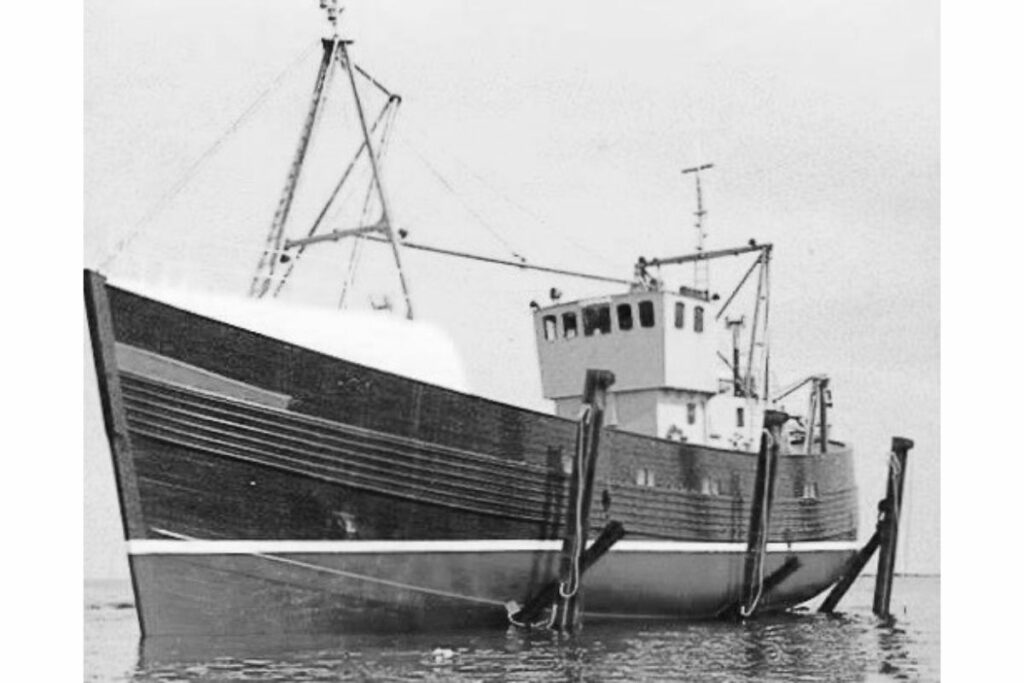
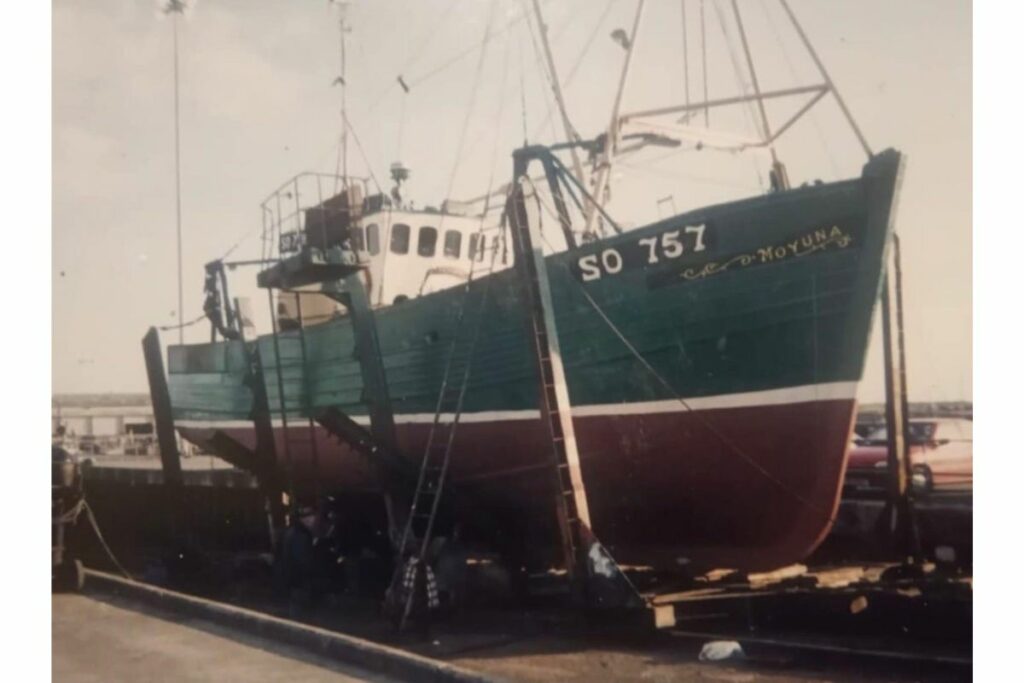
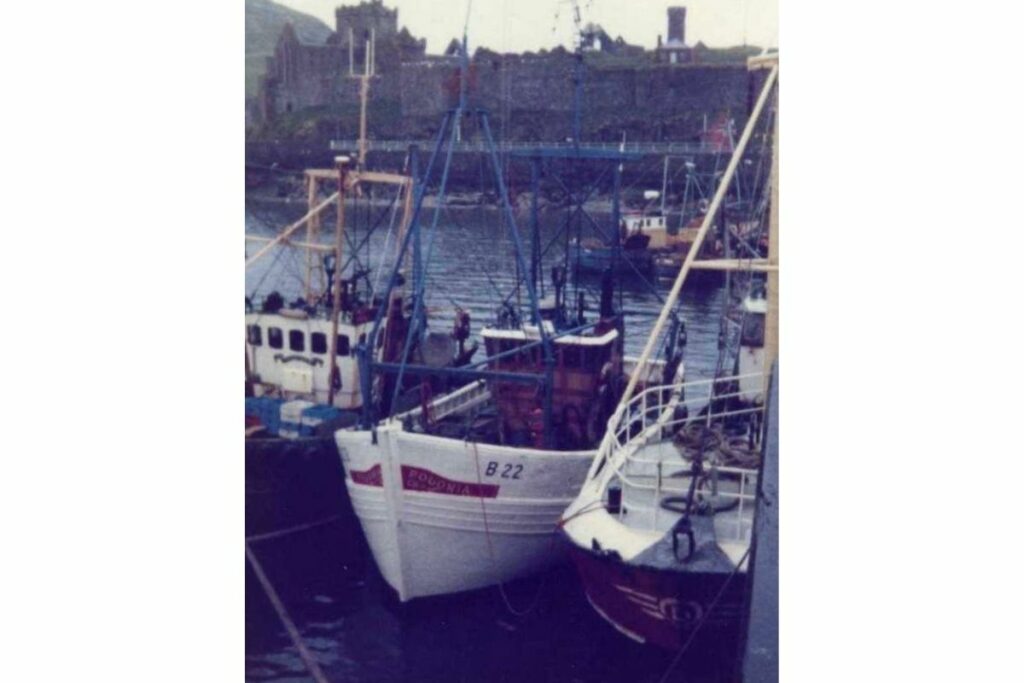
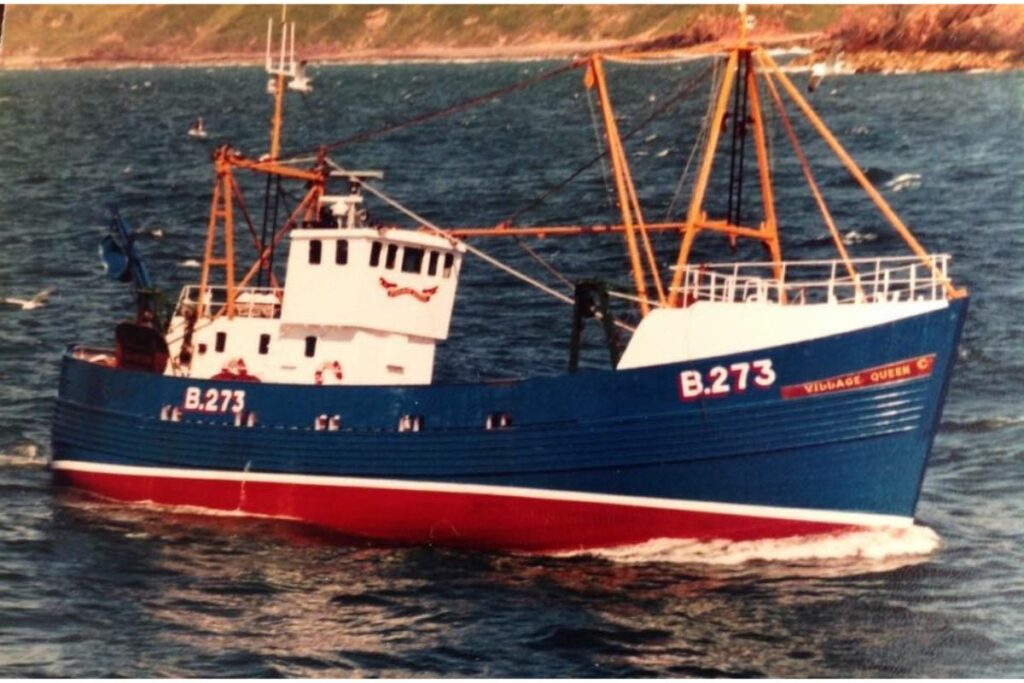
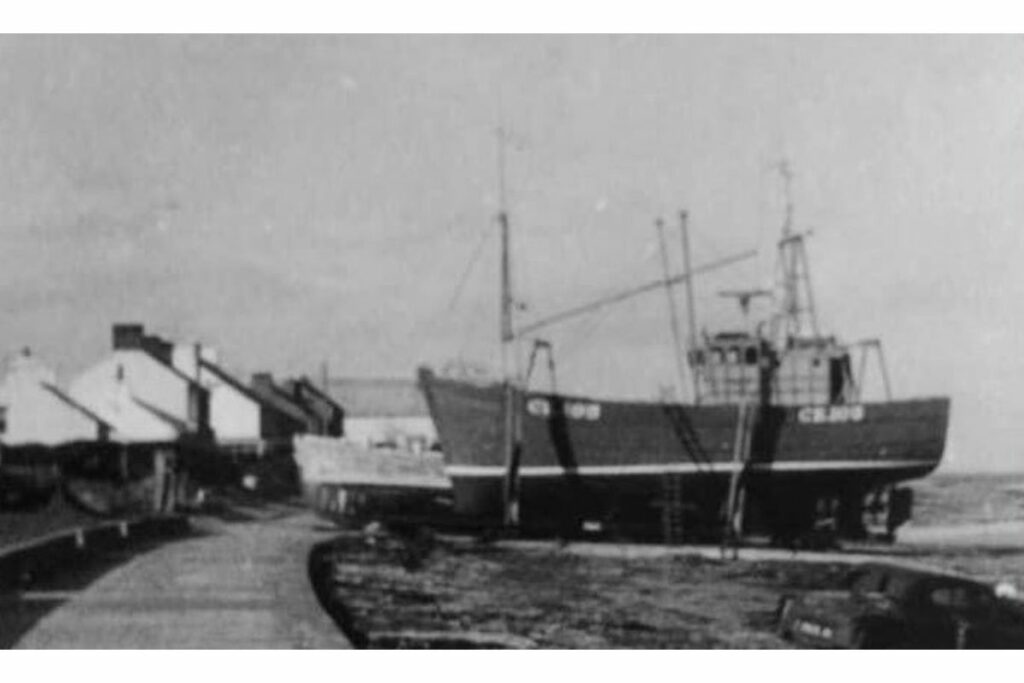
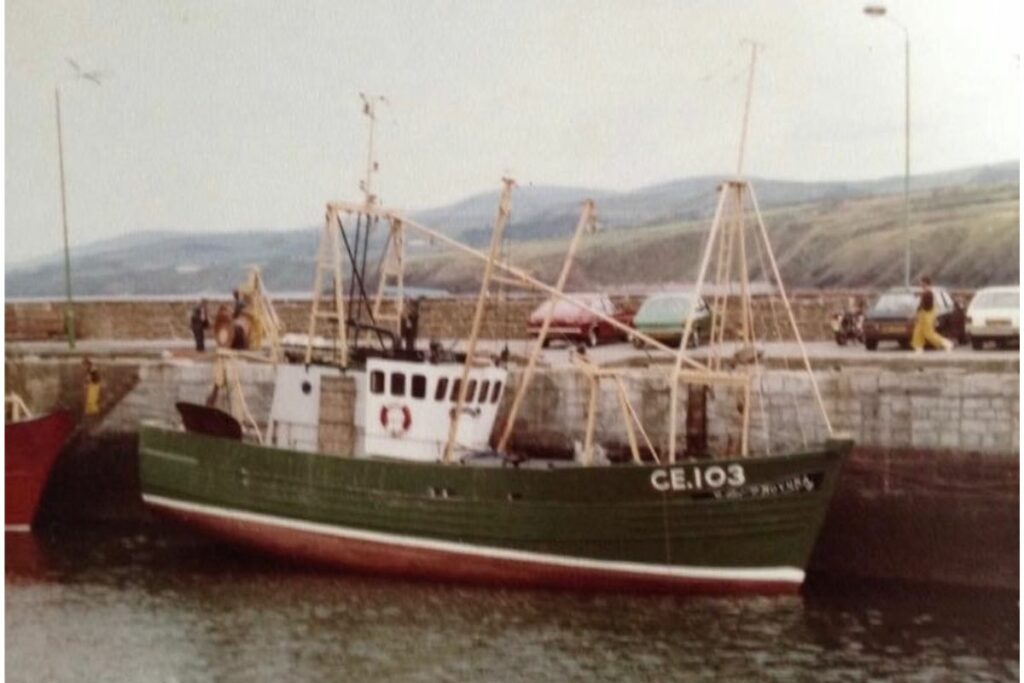
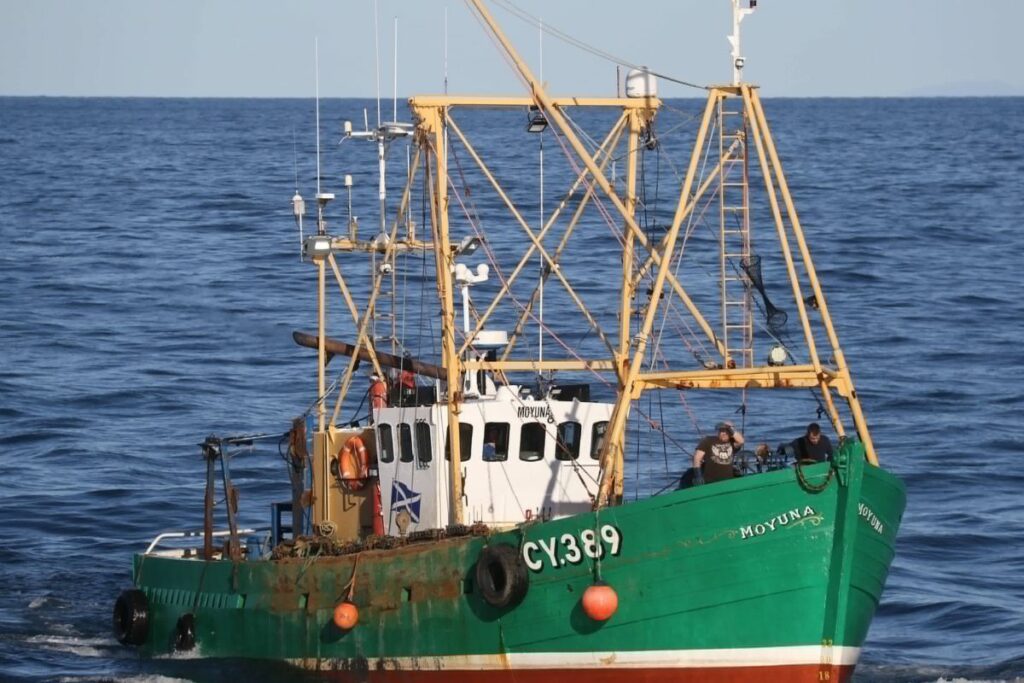
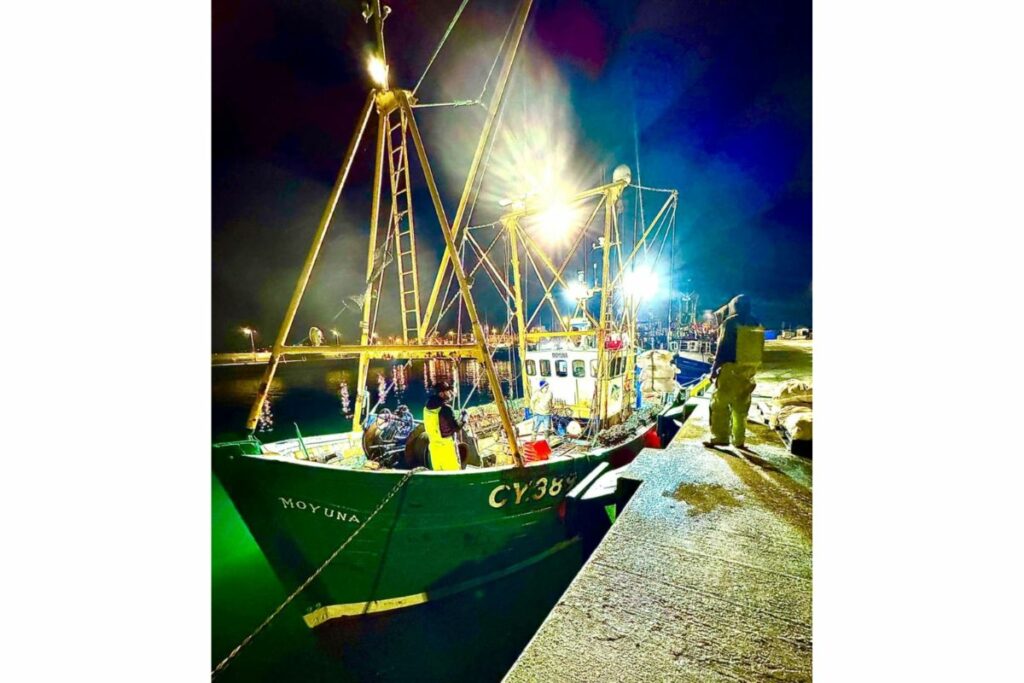
This story was taken from the 15 May 2025 issue of Fishing News. For more nostalgic reports on the UK and Irish commercial fishing sector, subscribe to Fishing News here or buy the latest single issue for just £3.50 here.
Sign up to Fishing News’ FREE e-newsletter here.

